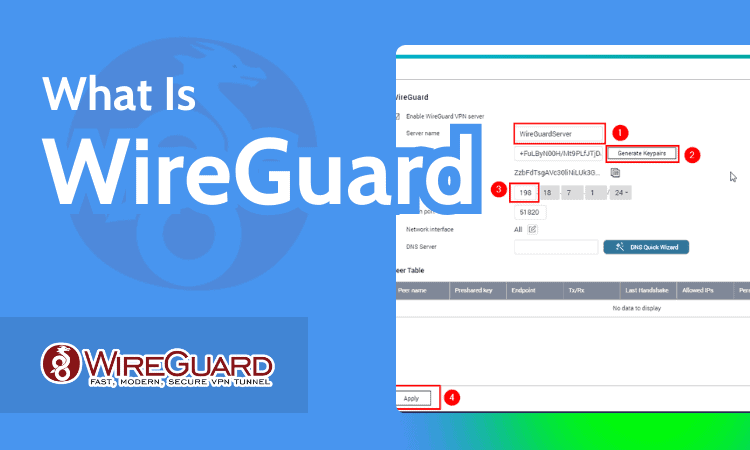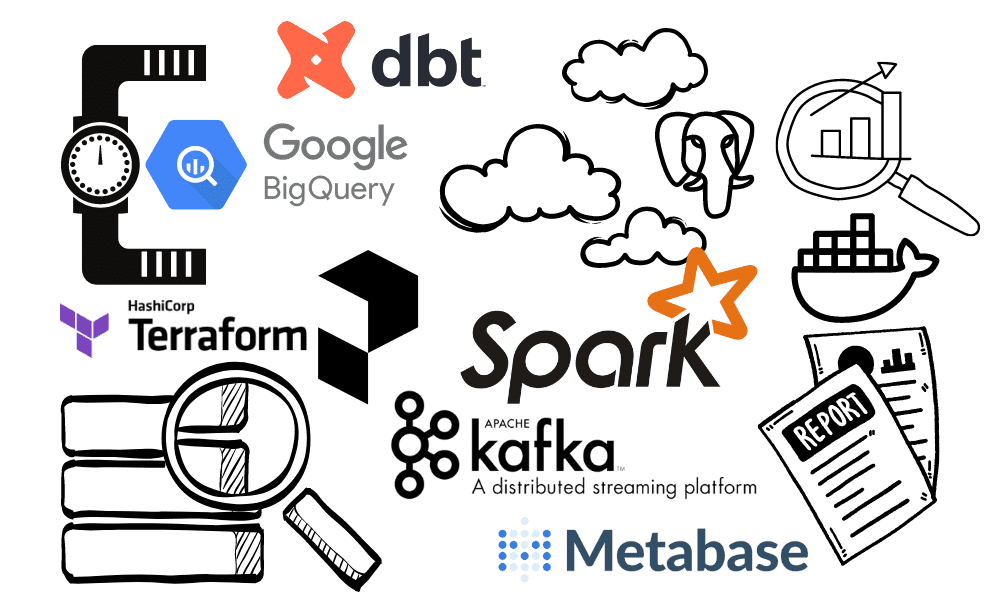Today, companies using SAP on-premise systems are faced with strategic decisions about whether to maintain their current infrastructure or make the transition to the cloud. This decision goes beyond just technical considerations, as it has a significant impact on operational efficiency, innovation capabilities, and the ability to adapt to market demands.
For businesses that rely on on-premise SAP solutions, the challenge is to maximize their existing investments while also assessing the strategic advantages of migrating to the cloud for future growth. It is crucial to understand the strategic implications of either enhancing on-premise SAP systems or moving towards a cloud-based solution.
Explore the different aspects of maintaining SAP on-premise versus embracing cloud capabilities and discover how RunMyJobs by Redwood can assist your organization in achieving operational excellence, regardless of the deployment model you choose.
With the evolution of enterprise resource planning (ERP) systems, SAP has shifted towards offering its solutions primarily through public or private cloud deployments to cater to the diverse needs and preferences of businesses. This shift mirrors the broader industry trend towards cloud services driven by the demand for greater flexibility, scalability, and innovation.
While SAP recommends most customers to transition to the cloud, it is essential for businesses shifting from on-premise infrastructures to the cloud to understand the differences between SAP’s cloud offerings and traditional setups. Explore the comparative landscape of SAP’s current cloud solutions against its traditional on-premise deployments.
Migrating to SAP’s cloud version for ERP needs, such as SAP S/4HANA Cloud, offers several advantages. This powerful cloud-based platform is designed to help businesses operate more efficiently and effectively, with flexibility, scalability, and access to the latest innovations without requiring extensive hardware investments.
S/4HANA Cloud leverages SAP’s advanced HANA in-memory database technology for real-time analytics and insights, with the added benefit of cloud-native integration and capabilities. It is designed to optimize and streamline business processes by incorporating artificial intelligence and machine learning for a more agile and dynamic environment that can quickly adapt to market changes and foster innovation.
While on-premise deployments can also follow the concept of a clean core, businesses migrating to S/4HANA Cloud can enjoy the benefits of integration and compatibility, scalability and flexibility, improved security and compliance, and simplified updates and maintenance.
Despite the growing popularity of cloud solutions, SAP on-premise deployments still have their place for businesses that prioritize control and customization over their ERP environment. Private cloud deployments offer a viable alternative for businesses seeking deep customization capabilities or operating in industries with strict data residency and compliance requirements.
RunMyJobs bridges the gap between cloud and on-premise environments, providing a cloud-native job scheduling solution that seamlessly integrates with SAP systems. This SAP-certified job scheduler enables businesses to automate and schedule tasks without sacrificing control or scalability, supporting companies in maintaining their current systems or transitioning to SAP cloud solutions.
When considering SAP cloud deployments, the choice between private and public cloud environments comes down to different business needs and security requirements. Private clouds provide a controlled environment dedicated to a single organization, offering greater control over IT infrastructure, while public clouds offer scalability and efficiency in managing ERP systems.
Source link
























